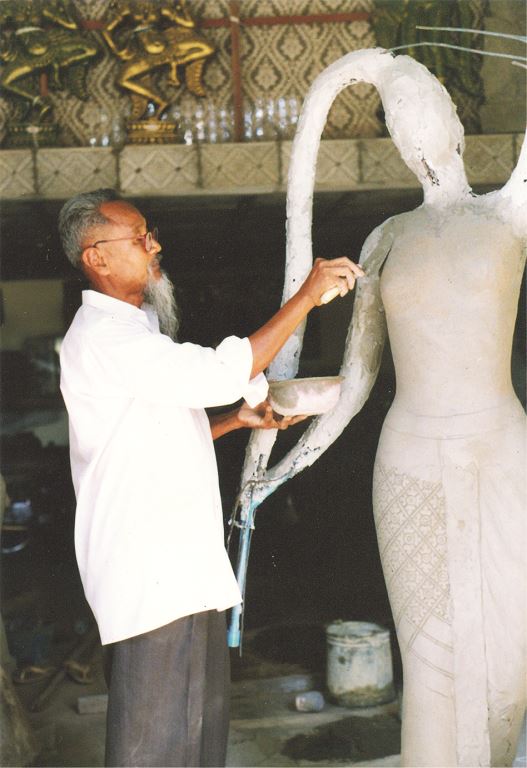Japanese Firm YACHIYO Engineering Eyes Wastewater Treatment Investment in Sihanoukville
YACHIYO Engineering Co., Ltd., a leading Japanese engineering consultancy, has announced its intention to invest in wastewater treatment development projects in Sihanoukville. This announcement came during a recent meeting between Prime Minister Hun Manet and YACHIYO’s President, DEMIZU Shigemitsu, held as part of an official visit to Tokyo from May 28-31, 2025. During the discussions, […]
Cambodia and Japan Strengthen Collaboration on Flood Risk Management at Sangke Dam
In a significant move to enhance flood risk management, Cambodia and Japan have pledged to work together on the operations and management of dams and watersheds along the Sangke River. This commitment follows productive discussions held on June 2, 2025, between officials from Cambodia’s Ministry of Water Resources and Meteorology and Japan’s Ministry of Land, […]
Samdech Techo Donates Land to Build Dormitories for Poor Female Students
In a significant move to support education and empower women, Samdech Techo Hun Sen announced a generous donation of 2 hectares of land valued at over USD 10 million. This land will be used to construct dormitories for underprivileged female students who have come to Phnom Penh to pursue their studies. This initiative was revealed […]
Shinto Holdings Expresses Interest in Investing in the Environment and AI Sectors in Cambodia
In a recent meeting in Tokyo, Japan, Prime Minister Hun Manet discussed potential investment opportunities in Cambodia with Deng Minghui, President of Shinto Holdings Inc. The Japanese company aims to focus on environmental initiatives and artificial intelligence (AI) as part of its investment strategy. Shinto Holdings, established in 1984 and listed on the Japanese stock […]
Canadian Delegation Explores Investment Opportunities in Cambodia
A significant delegation representing over 80 companies from the ASEAN-Canada Business Council (CABC) has arrived in Cambodia to explore potential investment opportunities. The announcement was made during a meeting between His Excellency Lim Visal, Deputy Secretary-General of the Cambodia Investment Committee, and CABC President Mr. Wayne Farmer at the Council for the Development of Cambodia. […]
ERIA Explores Model Special Economic Zones in Cambodia to Boost Investment
The Economic Research Institute for ASEAN and East Asia (ERIA) has unveiled plans to establish model special economic zones (SEZs) in Cambodia, tailored specifically for targeted industries. This commitment was expressed during a recent meeting between Cambodian Prime Minister Hun Manet and ERIA President Watanabe Tetsuya, held from May 28-31, 2025, in Tokyo. During the […]



 ខ្មែរ
ខ្មែរ







